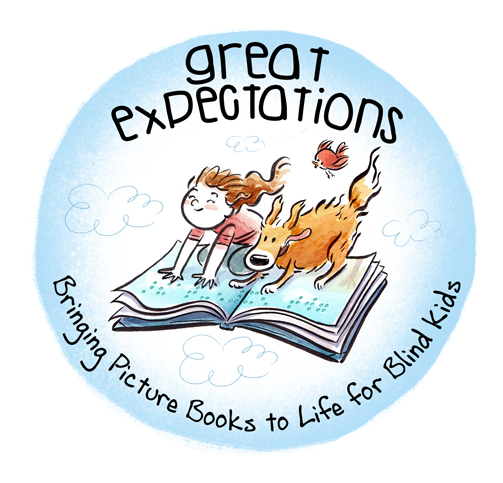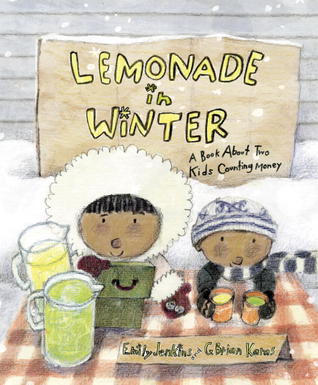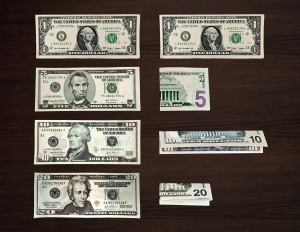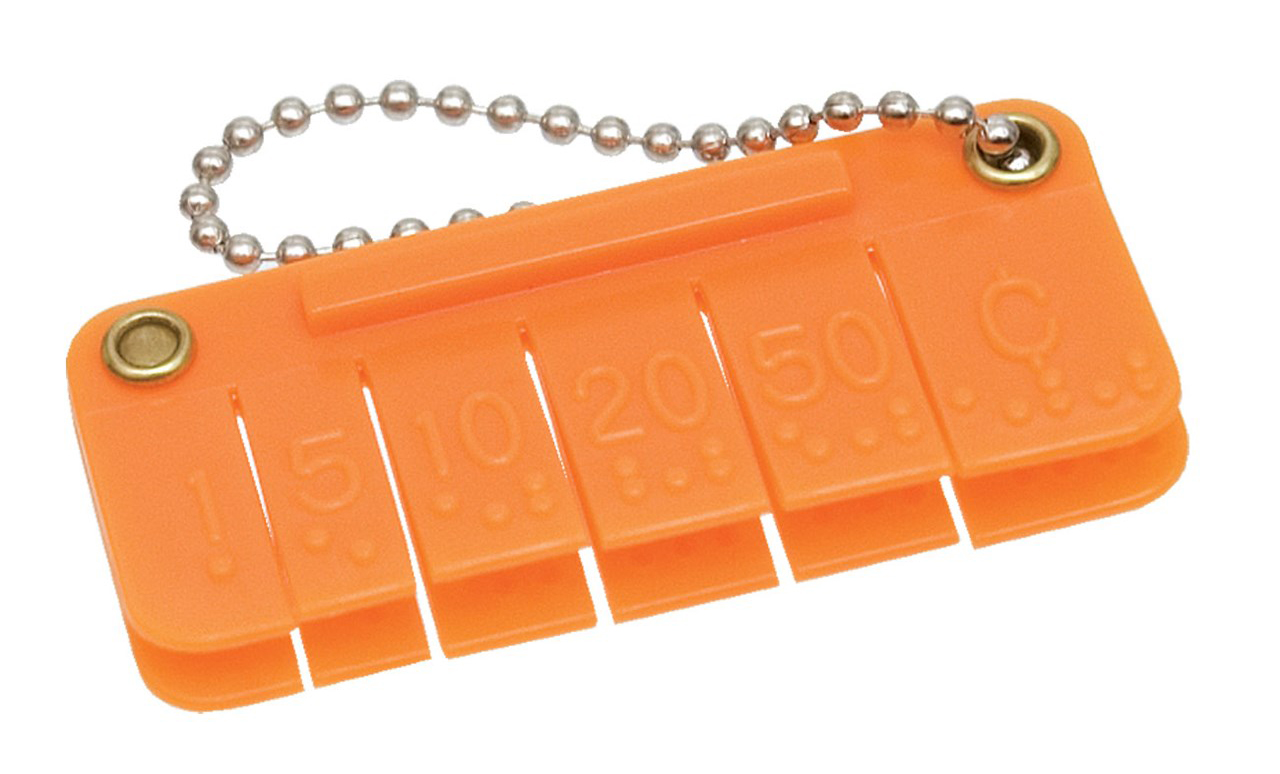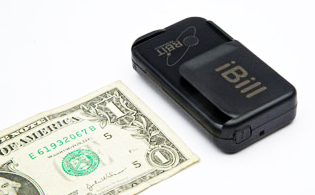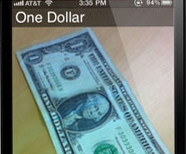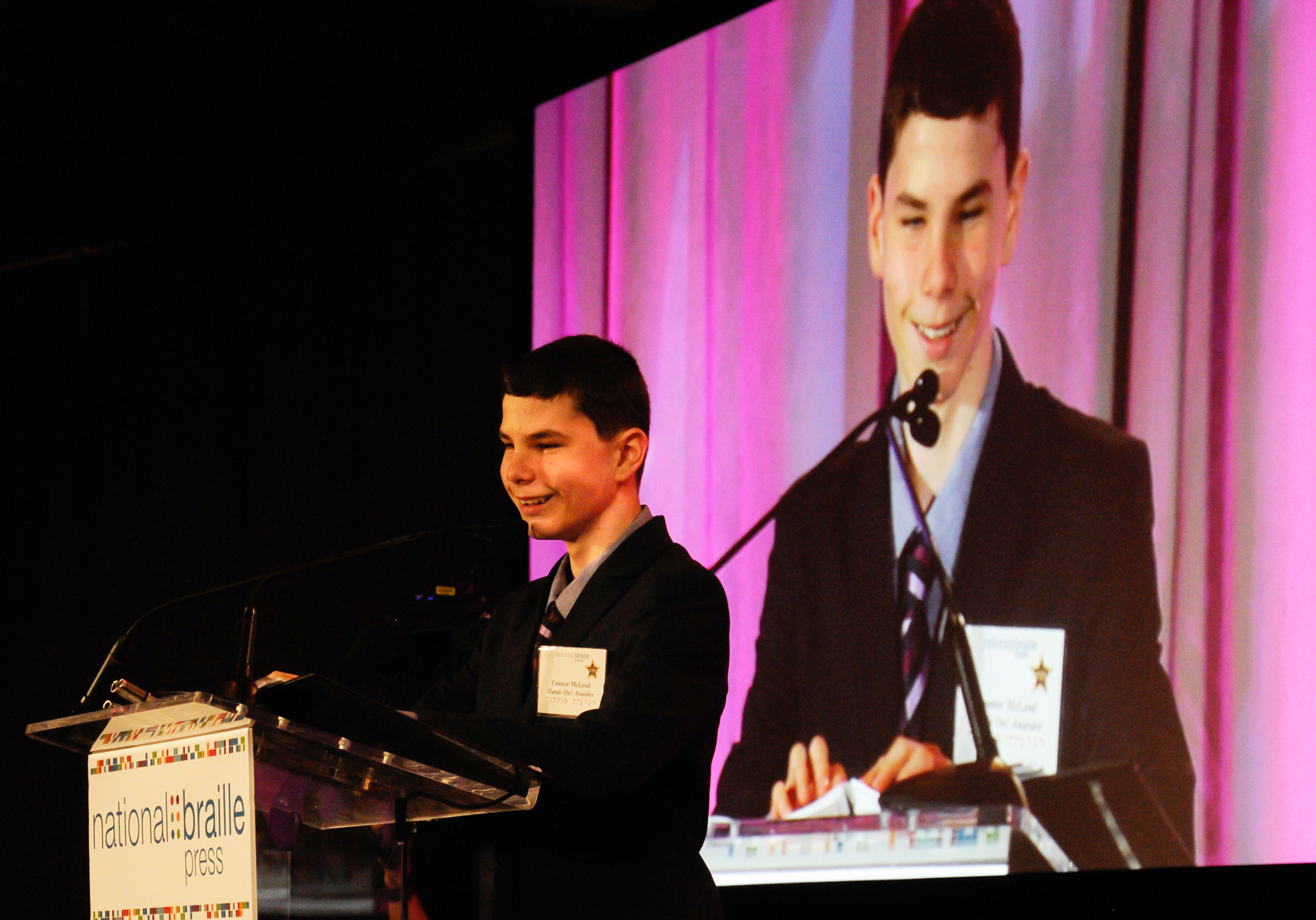Hands on Money
Don't want to accidentally pay $20 for a $5 ice cream? Use your sense of touch to tell different coins apart and learn folding techniques to keep track of your different paper bills.
Common Coins
The four most common coins are the penny, nickel, dime, and quarter. They are each worth different amounts of money and have different physical traits you can use to tell them apart through touch.
The value of each coin is:
- A penny is worth 1 cent.
- A nickel is worth 5 cents.
- A dime is worth 10 cents.
- A quarter is worth 25 cents.
How to tell coins apart without looking:
- Size (from smallest to largest) is dime, penny, nickel, and quarter.
- Nickels are the thickest of the 4 coins.
- Dimes are the thinnest of the 4 coins.
- Dimes and quarters have ridged edges.
- Pennies and nickels have smooth edges.
Keeping these facts in mind, grab a whole bunch of coins and take a shot at these fun games!
Different Ways to Make a Dollar
A dollar is worth 100 cents. Using only pennies, nickels, dimes, and quarters, there are many different ways to make a dollar. Let's have some fun with different combinations.
Can you make a dollar using only one type of coin?
Answer: 100 pennies, 20 nickels, 10 dimes, or 4 quarters; each = 1 dollar.
Can you make a dollar using only 7 coins?
Answer: 2 quarters + 5 dimes = 1 dollar.
Can you make a dollar using only 15 coins?
Answer: 10 nickels + 5 dimes = 1 dollar.
Using more than one type of coin, what is the smallest number of coins you can use to make a dollar?
Answer: Six coins: 3 quarters + 2 dimes + 1 nickel = 1 dollar.
Using more than one type of coin, what is the largest number of coins you can use to make a dollar?
Answer: 96 coins: 95 pennies + 1 nickel = 1 dollar.
Matching Amounts
Have one person think of an amount of money and another person make that amount using only pennies, nickels, dimes, and quarters. If playing with a group, see who can make the amount first!
- Make $1.50 using only quarters and dimes.
- Make $0.99 using only nickels and pennies.
- Make $3.00 using only quarters and nickels.
- Make $2.22 using only 12 coins.
- Make $0.35 using only 3 coins.
- Make $0.81 using only 9 coins.
- Make $2.99 using quarters, dimes, nickels, and pennies.
How Much Am I?
Read the riddles and lay out the coins that you think solve the riddle.
I am 2 coins and am worth less than 15 cents but more than 10 cents. What am I?
Answer: 1 dime and 1 penny
I am 6 coins and am worth less than 25 cents. What am I?
Answer: 2 dimes and 4 pennies
I am 3 coins and am worth less than 10 cents. What am I?
Answer: 1 nickel and 2 pennies
This activity was created by Lisamaria Martinez and Kesel Wilson for Great Expectations.


